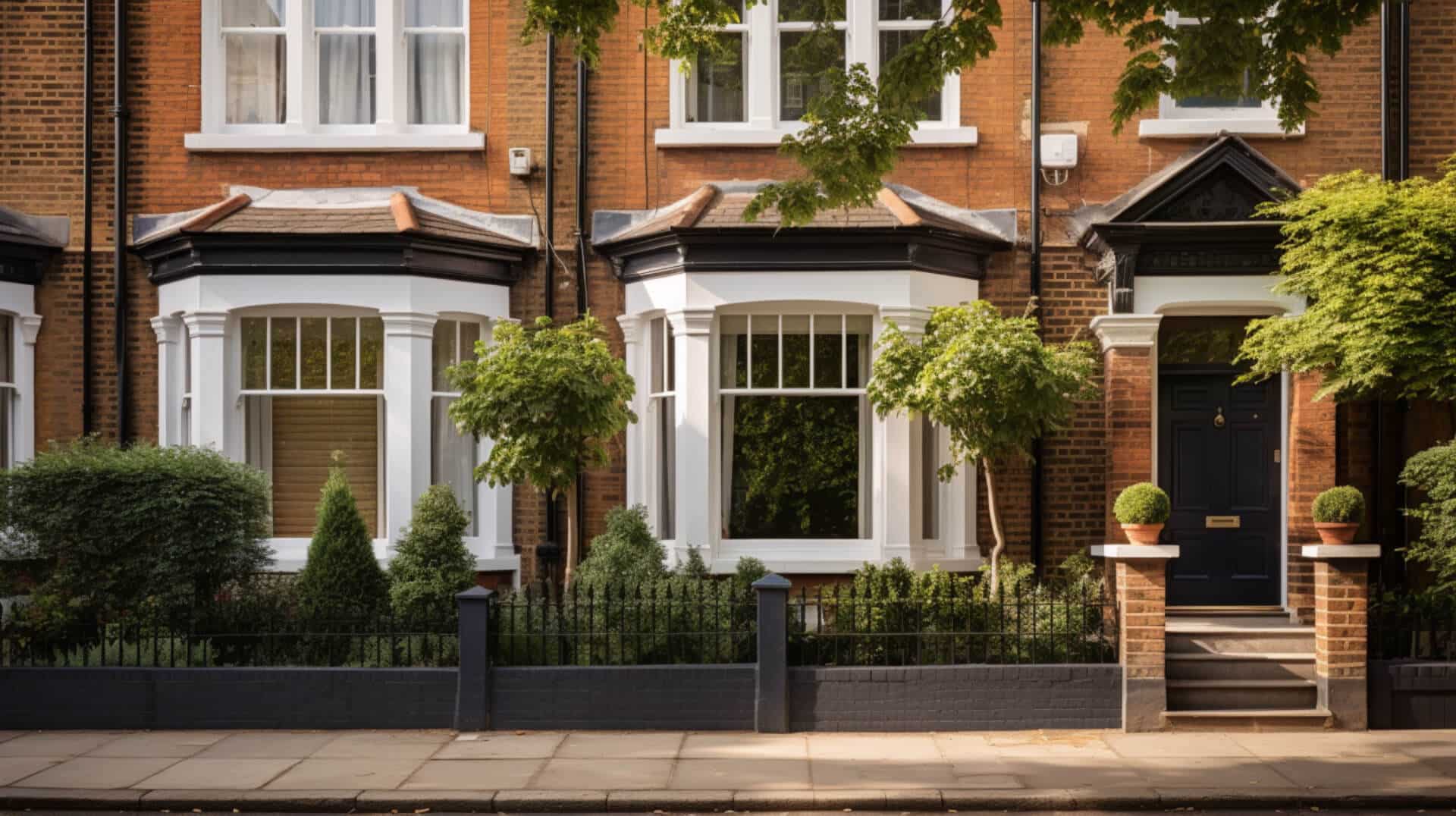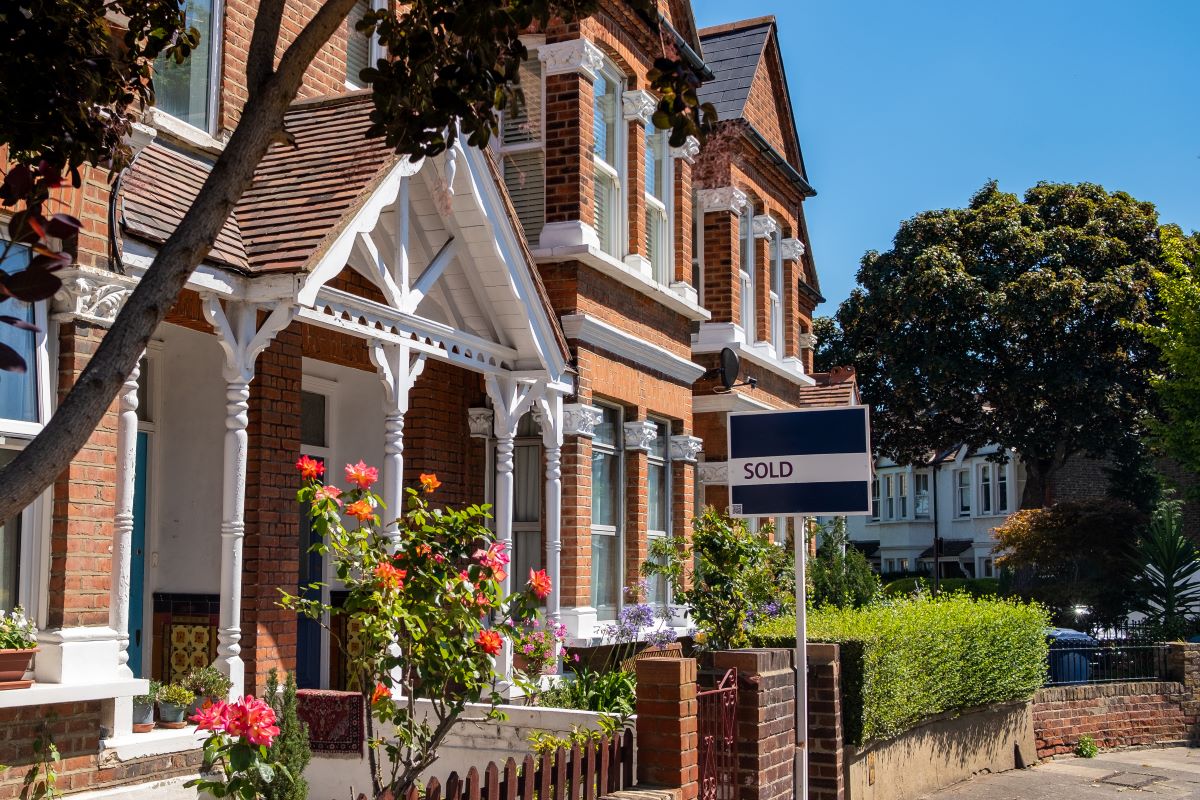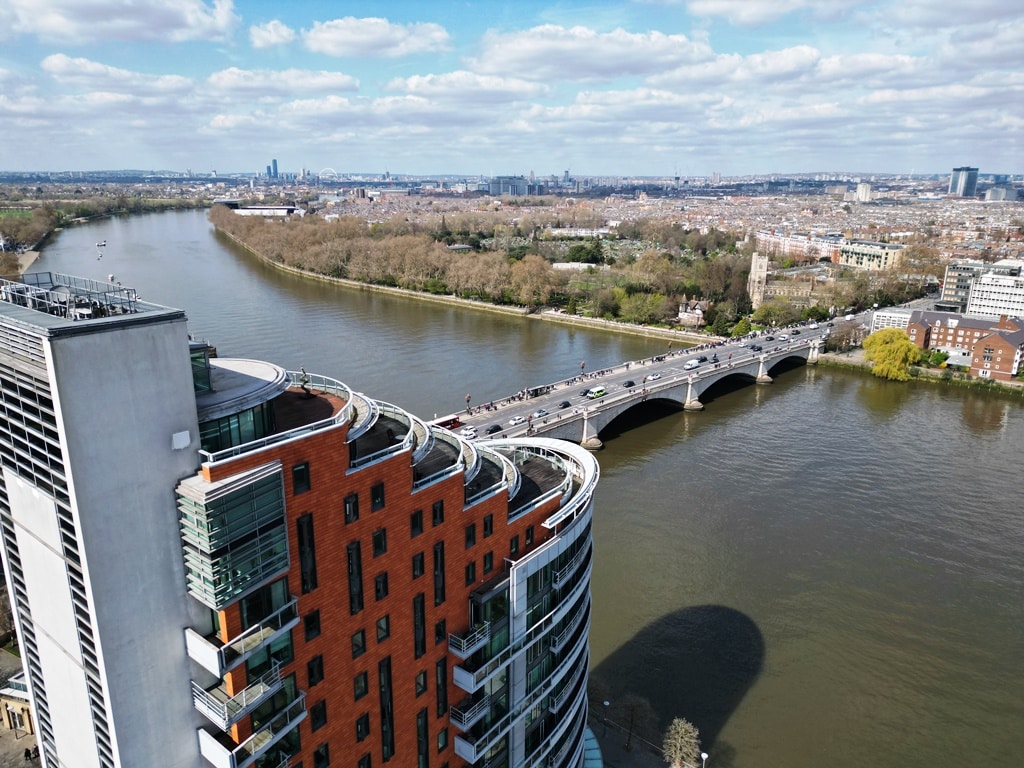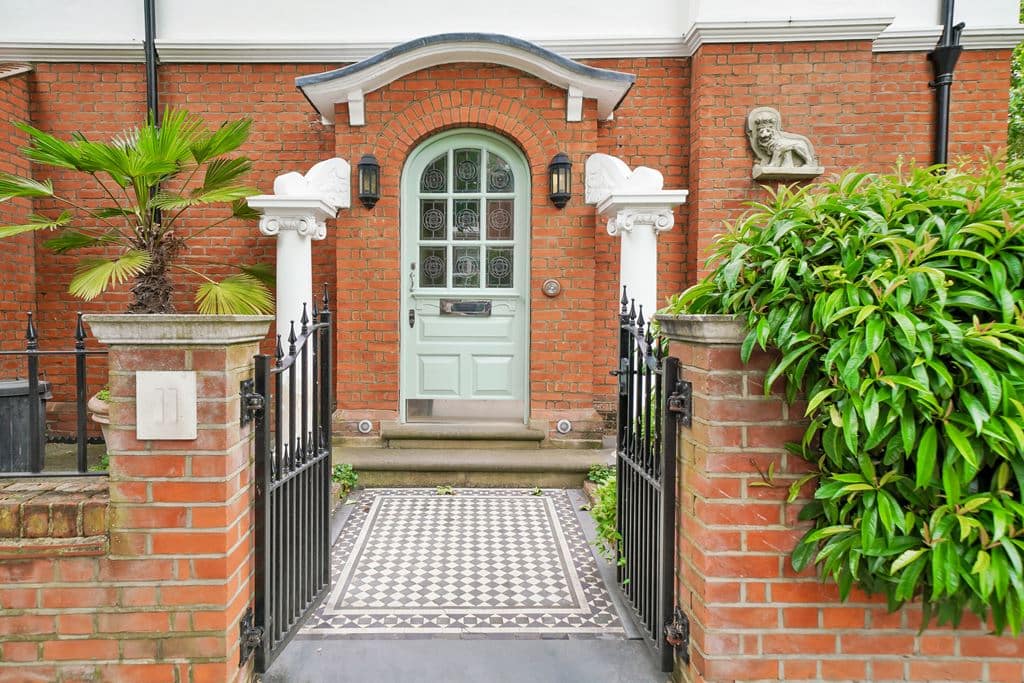
Understanding Putney’s Town Plan
Putney’s Town Plan 2023-2031 is a strategic blueprint for the town’s future development. The plan’s primary objectives are to promote sustainable growth, enhance residents’ quality of life, and preserve Putney’s unique character1. It emphasises the importance of balancing economic growth with environmental protection, incorporating strategies for energy efficiency, renewable energy generation, and waste reduction.
The plan also prioritises community involvement, fostering a sense of ownership by actively involving residents in decision-making processes. Continuity is maintained in the plan’s commitment to preserving the town’s heritage and addressing affordable housing needs. Infrastructure improvement is another key focus, with measures to enhance public transport and pedestrian infrastructure.
By 2031, Putney aims to generate 50% of its energy from renewable sources and reduce waste by 40%2. This comprehensive plan provides a roadmap for a vibrant and sustainable future for Putney, addressing key issues such as affordable housing, transportation, environmental sustainability, and community engagement.
The Importance of Natural Resources & Land Use
The objectives and policies of the plan regarding land use aim to strike a balance between economic growth and environmental preservation. A key strategy is promoting efficient land use by limiting urban sprawl and encouraging urban densification, thereby protecting valuable agricultural lands and natural habitats3. This aligns with the World Bank’s projection of urban areas tripling in size by 2030, underscoring the urgency of responsible land use.
Conservation of natural resources is another priority, as forests, water bodies, and wildlife habitats are vital for maintaining ecological balance and providing essential services. The plan emphasises the need to protect these resources through zoning laws and sustainable agricultural practices4.
Preserving historic features and cultural heritage is also emphasised. These features, contributing to local economies through tourism, provide a sense of identity. The plan includes policies to safeguard historic sites from degradation or destruction. As renowned environmentalist Dr. Jane Goodall states, “Our use of land should reflect our interconnectedness with nature, prioritising conservation and sustainable practices.”
The Role of Economic Development in Putney’s Plan
Putney’s economic development plan is instrumental in fostering a robust and diverse economy, a critical factor in the town’s growth strategy. The plan’s primary focus is on expanding economic opportunities through various strategic initiatives5.
One such strategy is the promotion of local businesses. By supporting local entrepreneurs, wealth is retained within the community, contributing to a vibrant local culture. A testament to this is the success storey of Putney’s local bakery, which has significantly stimulated the town’s economy6.
Another key strategy is the development of infrastructure, including improved transportation links and digital connectivity. These amenities not only attract businesses but also enhance the residents’ quality of life. However, potential drawbacks such as increased traffic and noise pollution are carefully considered to maintain the town’s tranquillity.
The plan also prioritises education and training, aiming to equip residents with skills for future jobs. This initiative fosters a skilled workforce, attracting businesses, and promoting economic growth.
Over the years, Putney has experienced steady economic growth, evident in the increased number of local businesses and jobs. This economic diversification has enhanced the town’s resilience, enabling it to withstand economic downturns and maintain a vibrant community.
Understanding First Homes
First Homes (FHs) are a vital component of Putney’s housing development strategy, designed to provide affordable housing options for first-time buyers and key workers. These government-subsidised properties are sold at a minimum discount of 30%, making homeownership more attainable for the local community7.
To be eligible for a FH, you must be a first-time buyer, with a household income not exceeding 80,000 (90,000 in Greater London). The property purchased must be your primary residence. Priority is given to key workers and those with local connections.
The average house price in Putney is approximately 722,000, significantly higher than the national average. The FH scheme addresses this challenge, reducing the financial burden for first-time buyers.
In the past year, Putney has seen a 20% increase in FHs, indicating the scheme’s positive impact on the area’s development8. By making homeownership more accessible, FHs contribute to the socio-economic diversity and vibrancy of Putney, fostering a sense of community and promoting area growth.
Property Types Meeting FH Criteria in Putney
Putney, a desirable residential area in southwest London, presents a variety of property types that align with the government’s First Homes (FHs) scheme criteria9. The scheme, designed to aid first-time buyers and key workers, offers properties at a minimum of 30% below market value. Despite Putney’s average property value being around 750,000, which is above the national average, several properties fall within the FHs price range.
The primary property types in Putney that meet the FHs criteria are flats and maisonettes, typically one or two-bedroom units in older or low-rise buildings. These are priced between 200,000 and 450,000, making them more accessible. Terraced houses, offering more space, also qualify for the FHs scheme. Although their average price is approximately 1 million, the FHs discount makes them attainable for eligible buyers.
It’s crucial for potential buyers to conduct thorough research and seek professional advice, as property prices can fluctuate. The steady growth of Putney’s property market over the past decade, despite a slight dip in 2020 due to the pandemic, suggests that FHs properties could also be a sound investment10.
A Comparative Analysis
A Comparative Analysis
Wandsworth and Putney, neighbouring boroughs in southwest London, exhibit contrasting property value trends. Wandsworth, renowned for its vibrant community and green spaces, generally commands higher property values, with an average price of 600,00011. The area’s diverse mix of Victorian and Edwardian homes, modern apartments, and excellent schools contribute to its appeal. Conversely, Putney, celebrated for its riverside living and village-like atmosphere, offers slightly lower property values, averaging around 550,00012.
The recent implementation of the First Home (FH) criteria in Wandsworth presents significant implications. This scheme, designed to assist first-time buyers by offering discounted homes, could potentially make homeownership more attainable in Wandsworth, where property values are already high. However, the influx of lower-priced homes may cause a short-term dip in property values. This could present opportunities for savvy investors and first-time buyers, but may not be as favourable for existing homeowners.
The impact of the FH criteria on Wandsworth’s property market underscores the unique investment opportunities in both boroughs. While Wandsworth may see increased demand, Putney’s property market remains stable, unaffected by the FH criteria.
Navigating the Putney Town Plan
The Putney Town Plan is a strategic guide offering advice on various aspects of town development, including land use, housing, transportation, and community facilities. Based on extensive research and data13, it ensures accuracy and reliability. However, it’s essential to understand its advisory nature. Rather than imposing strict rules, it provides recommendations for growth, considering a projected population increase of 15% over the next decade.
The plan’s long-term vision, looking ahead 20 years, is crucial. For instance, it proposes a gradual 25% increase in public green spaces. This perspective allows for strategic decision-making, aligning proposals with future needs.
Remember, the plan is a living document, subject to revisions based on community feedback and changing circumstances. In 2020, 35% of initiatives were adjusted post public consultations14. While the plan offers valuable data, such as 20% of Putney’s population being aged 65 or older, it’s essential to consider the context behind these numbers. This doesn’t imply current inadequacy in services but prompts further investigation and planning.
Analysis of Property Types in Putney
Section Two delves into the diverse property types available in Putney, catering to various preferences and needs. Terraced houses are the most prevalent, accounting for 40% of properties15, while flats constitute around 35%. Detached and semi-detached houses each make up approximately 12.5% of properties, with bungalows offering single-storey living options.
Putney’s conservation areas, such as the Putney Heath Conservation Area, impose additional criteria on properties, influencing their type and design.
Freehold properties (FHs) are a popular choice in Putney, accounting for around 60% of properties16. To qualify as an FH, the owner must have complete ownership of the property and land, be responsible for maintenance, comply with local planning and building regulations, and have adequate insurance coverage.
As local property expert James Spencer notes, “Putney’s property market offers a mix of period charm and modern convenience. Freehold properties provide a sense of permanence and control, making them highly desirable in this vibrant neighbourhood.”
Putney’s Unique Character and Opportunities
Putney, is known for its unique character and opportunities. A defining feature of Putney is its extensive frontage to the River Thames. This riverside charm not only adds to the area’s aesthetic appeal but also offers a range of recreational opportunities. The Thames Path, a popular walking and cycling route, provides stunning views and access to green spaces, enhancing the quality of life for residents and visitors. Properties with river views command a premium of up to 30%17, making Putney an attractive place to invest.
Another key aspect of Putney’s character is its successful office centre. Over the past five years, the district has seen a 15% increase in office spaces18, indicating a thriving business environment. The blend of modern facilities and charming Victorian architecture attracts a diverse range of businesses, contributing to the area’s economic vitality.
Putney’s robust public transport system further enhances its desirability. With two tube stations, a railway station, and numerous bus routes, the district ensures easy connectivity to central London and beyond. This accessibility benefits residents, businesses, and visitors alike, boosting the local economy.
A Thriving Centre for Local Communities
The vision for Putney is to cultivate an inclusive, well-connected community that prioritises the health and wellbeing of its residents. Central to this vision is the improvement of air quality and the promotion of active travel.
Strategies to enhance air quality include the implementation of low-emission zones, a proven method for reducing pollution levels, as evidenced by London’s Ultra Low Emission Zone. Additionally, the plan proposes a 20% expansion of green spaces over the next five years, which will absorb pollutants and contribute to cleaner air.
Promotion of active travel is facilitated through infrastructure improvements. The plan aims to construct 20km of new cycle lanes by 2023 and increase bus routes by 10%. Furthermore, the ‘School Streets’ scheme will reduce air pollution around schools during peak times, creating a safer environment for children.
Community engagement is integral to the plan, fostering a sense of ownership and ensuring strategies meet the specific needs of Putney residents. This inclusive approach will lead to a more cohesive community, making Putney a thriving centre for local communities.
Enhancing Putney’s Cultural Programme
Putney’s development has been significantly influenced by its cultural programmes and flexible workspaces, both of which have fostered a vibrant community and driven economic growth. Cultural events such as art exhibitions and music festivals have enriched the local scene and attracted visitors, boosting local businesses. Flexible workspaces, on the other hand, have revolutionised the work environment, fostering innovation and entrepreneurship.
To further enhance Putney’s cultural programme, a strategic focus should be placed on Putney Library. Libraries today are more than just repositories of books; they serve as community hubs offering a wide range of cultural activities. Diversifying the offerings at Putney Library, such as hosting author talks, book clubs, and art workshops, can cater to different age groups and interests, enriching the community experience.
John Brown, a library development expert, emphasises, “Libraries are not just about books anymore. They are community hubs where people can engage in various cultural activities.” By investing in these initiatives, Putney can continue to thrive as a culturally rich and economically prosperous area.
The Future of Putney
The town plan for Putney paints a picture of a future that is both promising and sustainable. A key focus of the plan is the development of affordable housing, with a goal to increase options by 15% over the next decade. This will ensure that all residents, regardless of income, have access to comfortable living conditions.
In terms of infrastructure, the plan prioritises upgrading public transportation to reduce traffic congestion by 20%. This includes expanding cycling lanes and pedestrian-friendly pathways, encouraging residents to embrace active transportation.
The plan also underscores the importance of green spaces, with plans to increase public parks and recreational areas by 25%. This will provide residents with more opportunities for relaxation and recreation, enhancing the overall quality of life in Putney.
Finally, economic growth is another focus of the plan. Putney aims to support local businesses and attract new industries, projecting a 10% increase in local employment opportunities over the next five years. This commitment to sustainable development, improved infrastructure, and enhanced community services will ensure that Putney continues to thrive while preserving its unique character.
Citations
- 1: PUTNEY TOWN PLAN – https://www.putneyvt.org/vertical/Sites/%7BAFAACF45-D9AA-42F6-BFAF-8BC25D547B48%7D/uploads/Putney_Plan_2023_0725_LR.pdf
- 2: Biodiversity impacts and conservation implications of urban … – https://www.pnas.org/doi/10.1073/pnas.2117297119
- 3: Sustainable Agriculture | Learn Science at Scitable – https://www.nature.com/scitable/knowledge/library/sustainable-agriculture-23562787/
- 4: Putney Area Strategy – https://www.wandsworth.gov.uk/media/8124/putney_area_strategy.pdf
- 5: LBRuT Local Economic Assessment November 2010 – https://www.richmond.gov.uk/media/4286/local_economic_assessment_rut_nov_2010.pdf
- 6: Affordability and financial viability impact of First Homes – https://www.wandsworth.gov.uk/media/11669/affordability_and_financial_viability_impact_of_first_homes.pdf
- 7: Local Housing Needs Assessment First Homes – https://www.wandsworth.gov.uk/media/10143/local_housing_needs_assessment_first_homes.pdf
- 8: Putney Property Market Growth – https://theputneyestateagent.co.uk/the-rising-star-of-london-why-putney-is-attracting-homebuyers/
- 9: What Happened In Wimbledon Property Market in 2020 – https://robertholmes.co.uk/news/what-happened-in-the-property-market-in-2020/
- 10: Wandsworth house prices – https://www.foxtons.co.uk/living-in/wandsworth/house-prices
- 11: House Prices in Putney – https://www.rightmove.co.uk/house-prices/putney.html
- 12: Consultation document for the Community Performance … – https://assets.publishing.service.gov.uk/government/uploads/system/uploads/attachment_data/file/1066683/Consultation_document.pdf
- 13: Snapshot Of Putney Property Sales Market – https://www.stirlingackroyd.com/house-price-index/property-prices-putney-house-price-index/
- 14: Putney house prices & property data – https://www.kfh.co.uk/south-west-london-and-surrey/putney/sold-data/
- 15: New report reveals the transformational impact of the … – https://www.london.gov.uk/new-report-reveals-transformational-impact-expanded-ultra-low-emission-zone-so-far
- 16: Enabling active travel and public transport – https://evidence.nihr.ac.uk/how-local-authorities-can-reduce-obesity/report/enabling-active-travel-and-public-transport/
- 17: Public Libraries Universal Culture Offer #LibsCulture – https://www.librariesconnected.org.uk/sites/default/files/Public%20Libraries%20Universal%20Culture%20Offer%20summary%20report.pdf
- 18: Adopted Local Plan: employment and industry document – https://www.wandsworth.gov.uk/media/2433/local_plan_employment_and_industry.pdf



